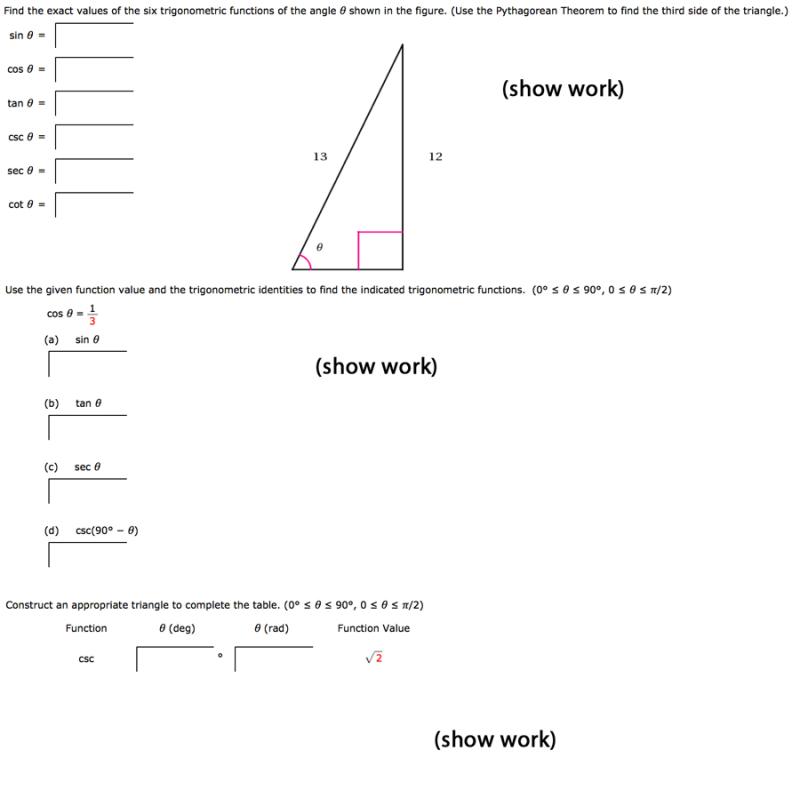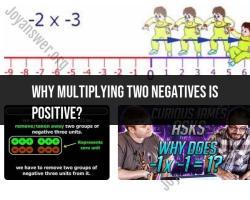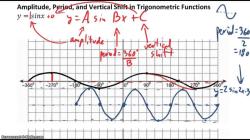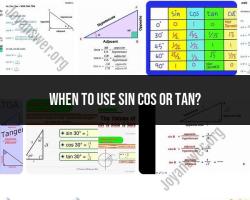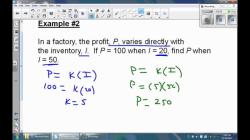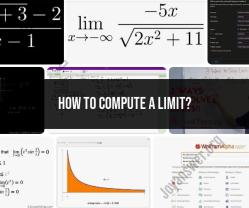Which are the six functions in trigonometry?
The six core trigonometric functions are:
Sine Function (sin θ):
- Definition: In a right-angled triangle, the sine of an angle () is the ratio of the length of the side opposite the angle to the length of the hypotenuse.
- Formula:
Cosine Function (cos θ):
- Definition: The cosine of an angle () is the ratio of the length of the adjacent side to the length of the hypotenuse in a right-angled triangle.
- Formula:
Tangent Function (tan θ):
- Definition: The tangent of an angle () is the ratio of the length of the side opposite the angle to the length of the adjacent side in a right-angled triangle.
- Formula:
Cosecant Function (csc θ):
- Definition: The cosecant of an angle () is the reciprocal of the sine. It is the ratio of the hypotenuse to the side opposite the angle.
- Formula:
Secant Function (sec θ):
- Definition: The secant of an angle () is the reciprocal of the cosine. It is the ratio of the hypotenuse to the adjacent side.
- Formula:
Cotangent Function (cot θ):
- Definition: The cotangent of an angle () is the reciprocal of the tangent. It is the ratio of the adjacent side to the side opposite the angle.
- Formula:
These trigonometric functions are fundamental in trigonometry and have applications in various mathematical and scientific fields. They are used to relate angles in a right-angled triangle to the lengths of its sides and are essential for solving problems involving angles, distances, and periodic phenomena. The functions are also defined beyond right-angled triangles using the unit circle, providing a more general representation.
Sure. Here are the answers to your questions:
Identifying the six fundamental trigonometric functions?
The six fundamental trigonometric functions are:
Sine (sin): Represents the ratio of the opposite side to the hypotenuse of a right triangle.
Cosine (cos): Represents the ratio of the adjacent side to the hypotenuse of a right triangle.
Tangent (tan): Represents the ratio of the opposite side to the adjacent side of a right triangle.
Cotangent (cot): The reciprocal of the tangent function.
Secant (sec): The reciprocal of the cosine function.
Cosecant (csc): The reciprocal of the sine function.
What are the essential trigonometric functions and their definitions?
The six essential trigonometric functions are the sine, cosine, tangent, cotangent, secant, and cosecant functions. They are defined in terms of the sides of a right triangle and are used to solve a wide range of problems in trigonometry.
Sine (sin): The sine function is defined as the ratio of the opposite side to the hypotenuse of a right triangle. It is denoted by sin(θ), where θ is the angle measured from the adjacent side.
Cosine (cos): The cosine function is defined as the ratio of the adjacent side to the hypotenuse of a right triangle. It is denoted by cos(θ), where θ is the angle measured from the adjacent side.
Tangent (tan): The tangent function is defined as the ratio of the opposite side to the adjacent side of a right triangle. It is denoted by tan(θ), where θ is the angle measured from the adjacent side.
Cotangent (cot): The cotangent function is the reciprocal of the tangent function. It is denoted by cot(θ), where θ is the angle measured from the adjacent side.
Secant (sec): The secant function is the reciprocal of the cosine function. It is denoted by sec(θ), where θ is the angle measured from the adjacent side.
Cosecant (csc): The cosecant function is the reciprocal of the sine function. It is denoted by csc(θ), where θ is the angle measured from the adjacent side.
How are the six trigonometric functions categorized and understood in mathematics?
The six trigonometric functions are categorized into two main groups:
Primary trigonometric functions: These are the sine, cosine, and tangent functions. They are defined directly from the sides of a right triangle.
Derived trigonometric functions: These are the cotangent, secant, and cosecant functions. They are defined as the reciprocals of the primary trigonometric functions.
The six trigonometric functions are also understood in terms of their mathematical properties and relationships. They are periodic functions, meaning their values repeat after a certain interval. They also have various symmetry properties, such as evenness or oddness. Additionally, they are related to each other through trigonometric identities, such as the Pythagorean theorem and the law of sines and cosines.
These properties and relationships make trigonometric functions essential tools in mathematics and various fields, including physics, engineering, and computer science.
